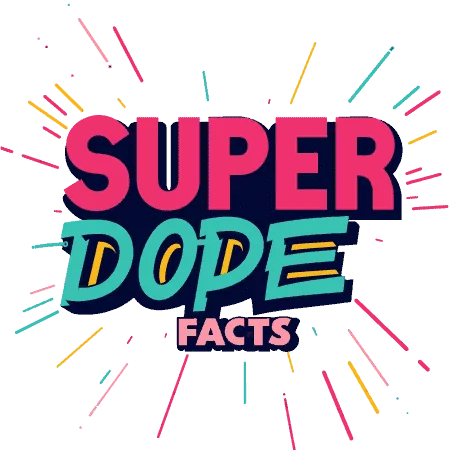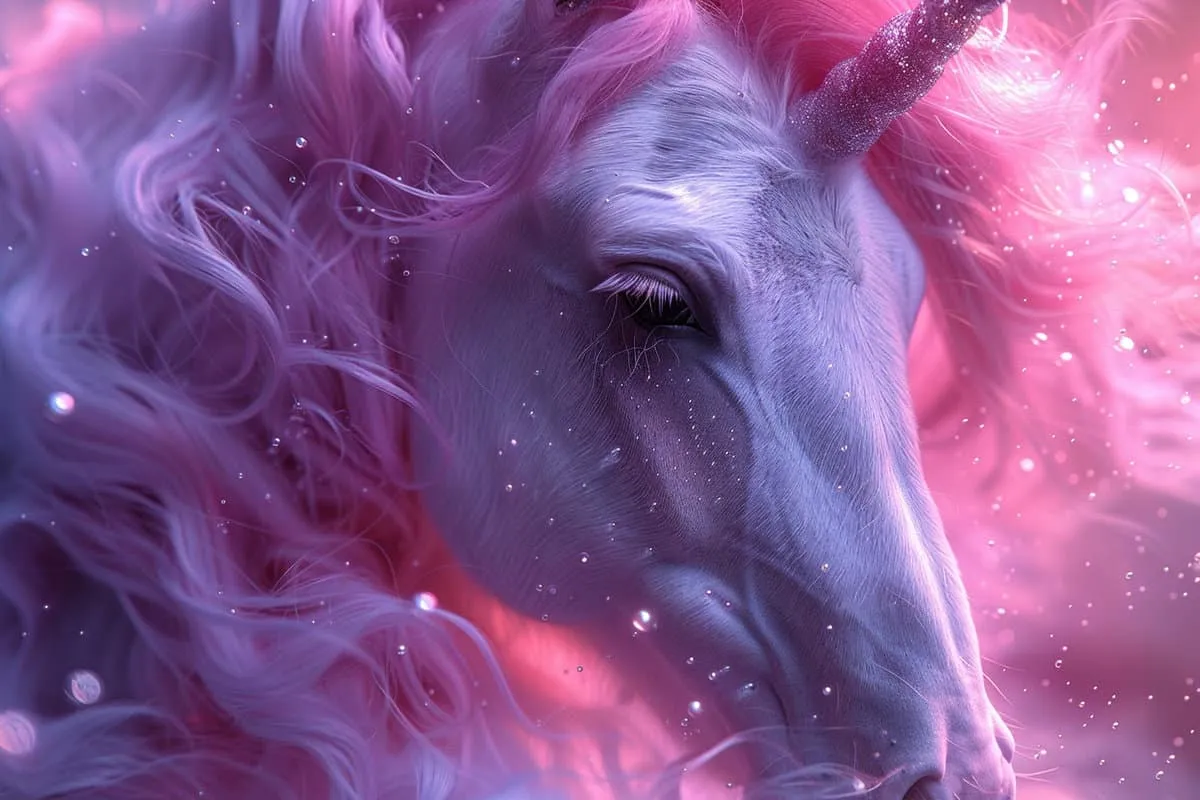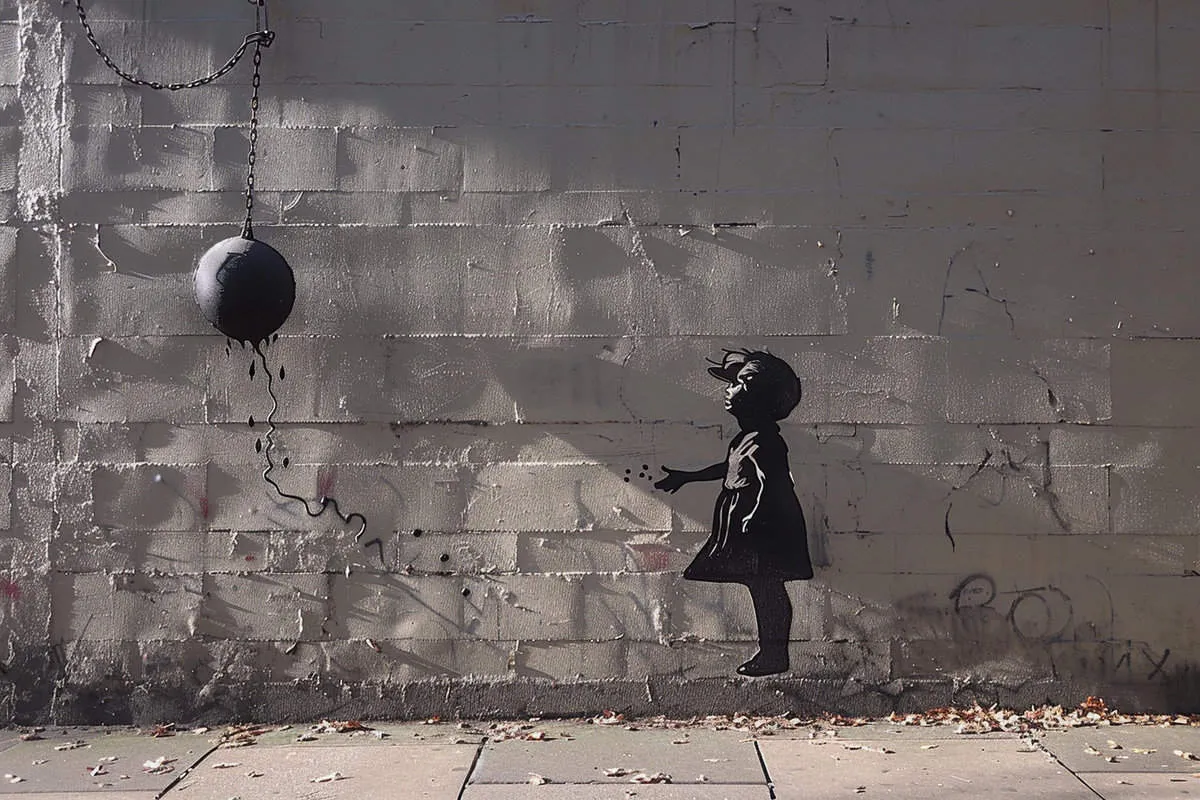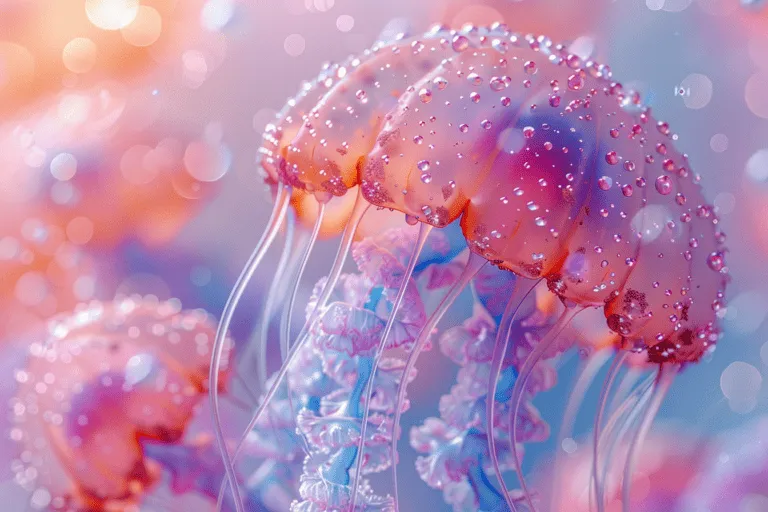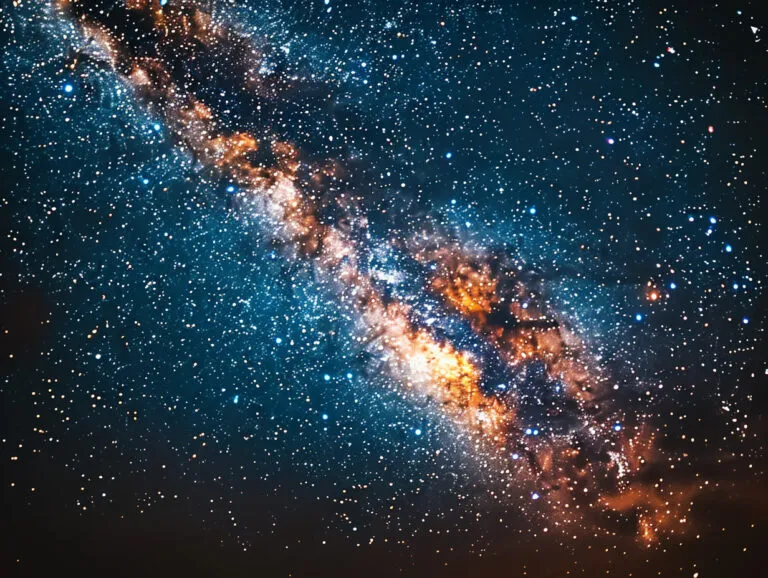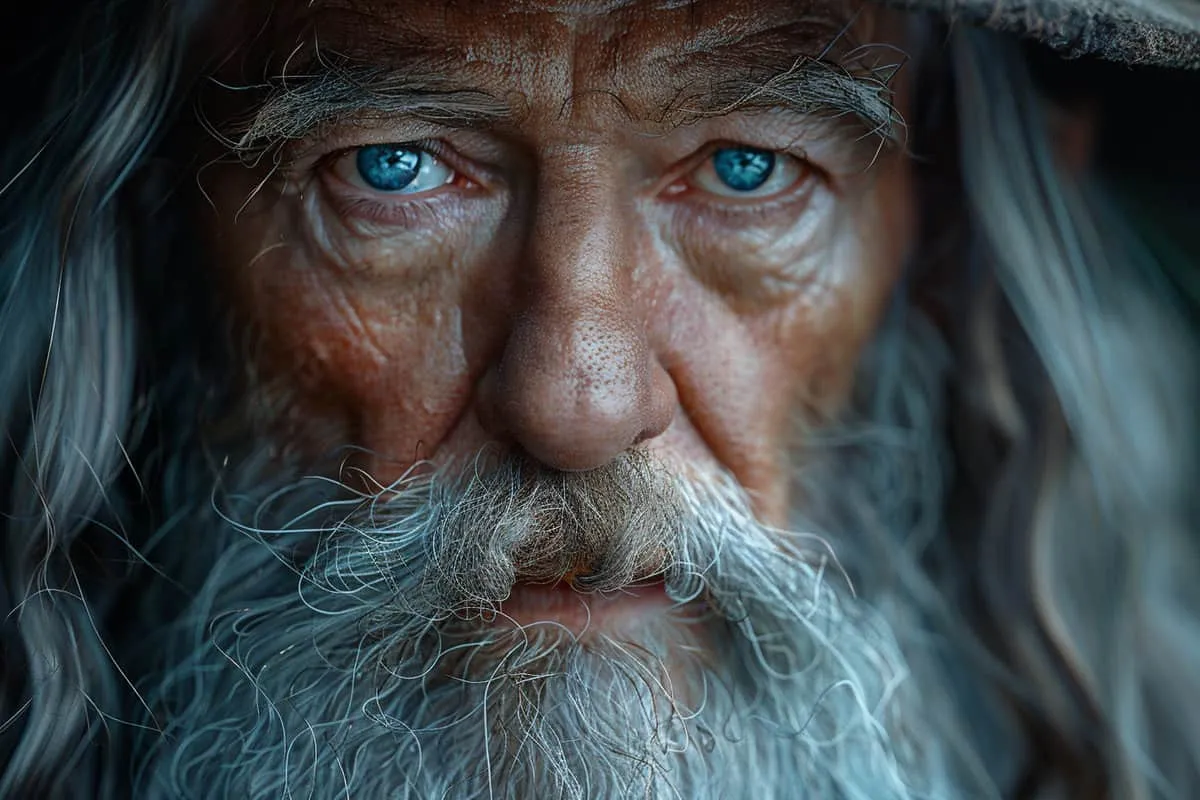10 Unicorn Facts: Ancient Myths to Modern Magic
Unicorns have galloped through our dreams and stories, sparking wonder with their mystery and beauty. These mythical creatures are more than just horse-like beings with a single horn; they’re symbols of purity, magic, and enchantment that have captivated human imagination for centuries.
From ancient myths to modern pop culture, unicorns remain icons of the fantastical. But how much do you really know about them?
We’ve rounded up some of the most fascinating unicorn facts that will take you on a magical journey beyond rainbows. So, if you’re ready to dive into a world where magic is real and unicorns roam free, scroll down for revelations that will leave you in awe.
1. Origin of the Myth
Unicorns have fascinated us for centuries, not just as mythical creatures of modern tales but as legendary animals rooted deep in ancient lore. Their stories are woven into the fabric of many cultures, with one of the earliest mentions found in the Vedas, sacred texts from ancient India.
These references highlight unicorns’ mystical presence and their association with purity and grace.
Moving westward in history to Greece around the 5th century BCE, we encounter Ctesias, a Greek historian who provided one of the first detailed descriptions of unicorns. He depicted them as wild beasts living in exotic lands, emphasizing their unique horn believed to possess magical properties.
This account helped cement unicorns’ place in Western mythology and sparked curiosity about these enigmatic beings.
The allure of unicorns is partly due to their connection with places considered mysterious and otherworldly during ancient times. Both Eastern and Western narratives placed these mythical animals in remote or inaccessible regions, adding an air of mystery that still captivates people today.
Interesting facts about unicorns continue to emerge from various folklore traditions worldwide, underscoring our enduring fascination with this mythical animal. Whether seen as symbols of purity or powerful beasts capable of great deeds, unicorns remain a source of inspiration across different mediums—from literature to art—and remind us why they are among the most beloved mythological creatures.
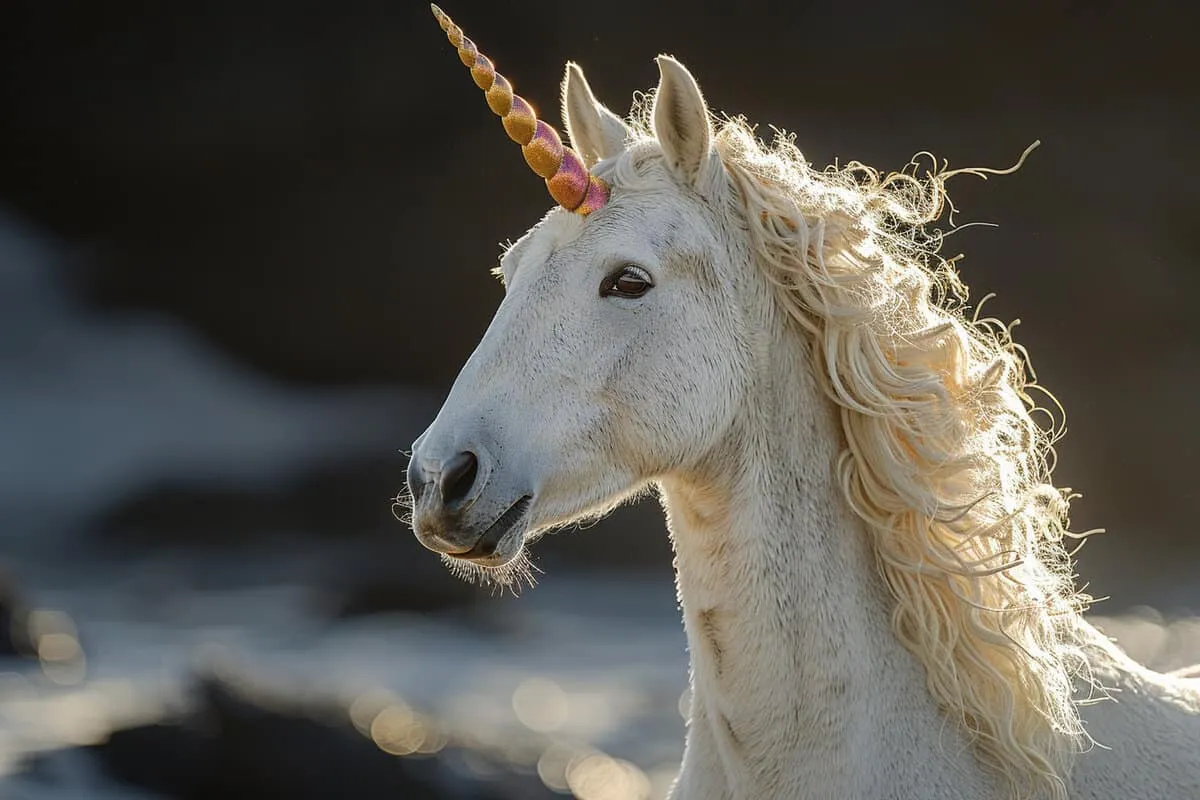
2. Symbol of Purity
In medieval times, the unicorn wasn’t just a mythical creature; it was a potent symbol of purity and grace. This connection to purity often involved images of unicorns with maidens.
The belief was that only a pure maiden could attract a unicorn, making this pairing common in middle ages’ art.
Beyond mere illustrations, unicorns held significant religious symbolism too. They were seen as representing Christ’s innocence and purity.
This interpretation made its way into various biblical artworks during the period, further cementing the unicorn’s association with sacred themes.
The noble qualities of unicorns didn’t stop at religious symbolism; they extended into tales of chivalric romance as well.
In these stories, unicorns stood for noble love—pure, loyal, and untainted by deceit or malice. Knights embarking on quests would often invoke the unicorn as an emblem of their pure intentions towards their maiden loves.
- Medieval Art: Unicorns depicted alongside virgins to emphasize purity.
- Religious Symbolism: Represented Christ’s innocence in biblical contexts.
- Chivalric Romance: Emblematic of noble love and pure intentions.

3. The Unicorn Horn
In medieval Europe, alicorn powder was highly sought after for its supposed medicinal properties. This fine substance, ground from what people believed to be unicorn horns, fetched astronomical prices on the market.
Kings and popes were among those who eagerly sought these mystical single horns. They believed that possessing an alicorn could protect them from assassins by detecting and neutralizing poisons in their food or drink.
Such was the faith in these long horns that they became symbols of divine right and protection.
The belief extended to thinking alicorns could help cure diseases. People thought just touching an alicorn would heal them or purify water if it was stirred with one of these magical objects.
- Alicorns represented purity: In the Middle Ages, anything associated with unicorns symbolized purity and grace.
- High value: Due to their mystical powers, even small fragments of what were considered unicorn horns held significant value.
- Cultural impact: This belief influenced art and literature throughout Europe, embedding unicorns deeply into Western culture’s fabric.
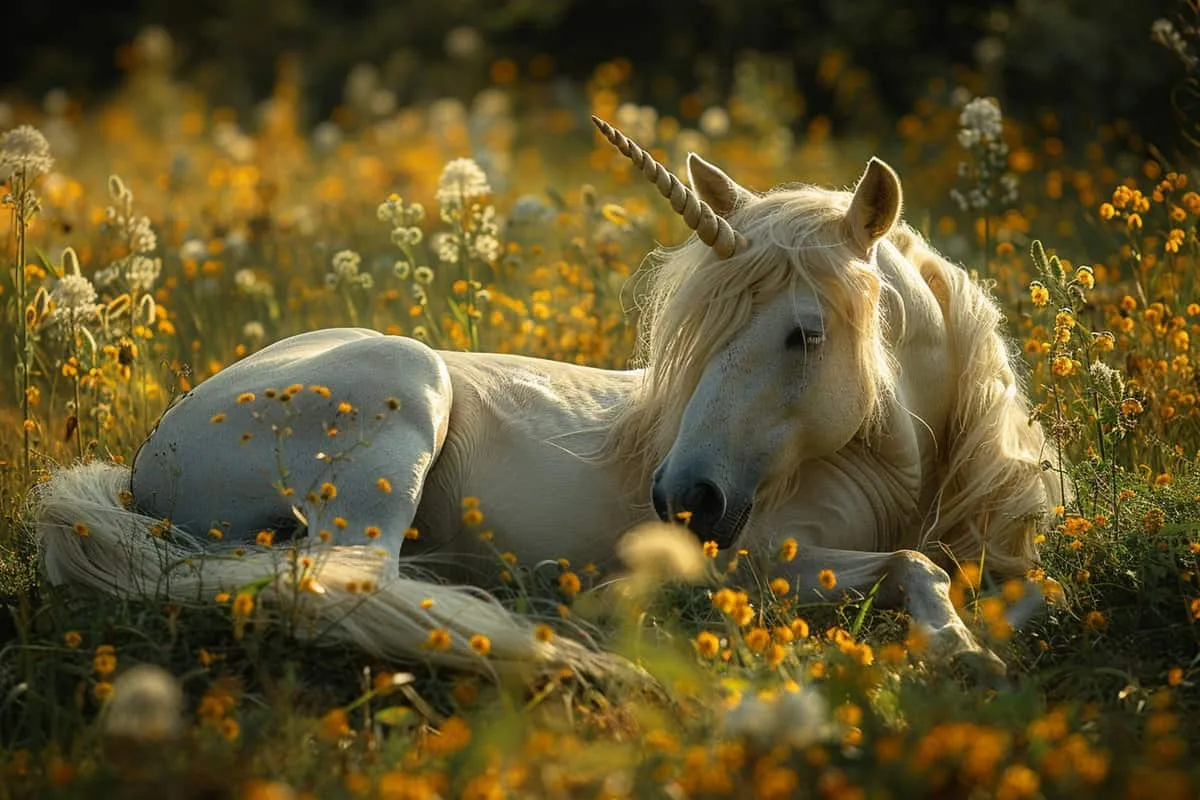
4. Unicorns in Heraldry
The Scottish royal coat of arms stands out for featuring two unicorns as supporters. This choice isn’t just about aesthetics; it’s deeply symbolic.
Unicorns in heraldry aren’t just any mythical creatures. They embody extreme courage, virtue, and the kind of strength that warriors aspire to in battle.
Why unicorns? Well, think about what they represent: purity and strength. In a world filled with symbols, the unicorn manages to convey a message of noble resilience like no other creature does.
Moreover, when you see a unicorn depicted with a collar and chain in these coats of arms, it’s not just for decoration. This imagery speaks volumes about untamed power—the kind that is formidable but needs to be harnessed wisely.
- The unicorn’s presence on such an important symbol as the national coat of arms underlines its significance beyond mere mythology.
- Its portrayal with chains suggests not weakness but rather the immense strength that must be respected and controlled.
In essence, using unicorns in heraldry sends a clear message about what values were cherished: bravery, purity of heart, and an indomitable spirit capable of overcoming any obstacle—qualities every bit as relevant today as they were centuries ago.
5. The Narwhal Connection
In medieval markets, something magical was happening. People were trading narwhal tusks but calling them “unicorn horns.” Imagine walking into a market and seeing these long, twisted objects that everyone said came from a mystical creature!
The Vikings played a big part in this story. They sold these tusks to Europeans who were fascinated by unicorns. This trade helped spread and fuel myths about unicorns across Europe.
But as time went on, some smart folks during the Renaissance started scratching their heads. They began questioning how these so-called “unicorn horns” really came from narwhals—horned animals living in the cold Arctic seas.
This connection between narwhals and unicorns opens up fun facts about history and science. It shows us how stories can grow and change over time.

6. Unicorns Around the World
In different corners of the world, unicorns aren’t just a single story. They take on various forms and meanings across cultures.
The Chinese Qilin is one such example. It’s not your typical horse-like creature with a horn; instead, it’s often depicted as having scales like a dragon and hooves like a deer.
People in China see the Qilin as a symbol of prosperity, serenity, and good fortune. It’s said that this mythical animal appears only during the reign of a benevolent ruler or when an illustrious leader is born.
Heading westward to Persia (modern-day Iran), we encounter the Karkadann. This version of the unicorn was more fearsome than its serene Asian counterpart.
Known for its incredible strength and fierce demeanor, many people both feared and respected it in equal measure.
Farther south in Africa, tales speak of another creature resembling our beloved unicorn called Abada. Smaller than horses but similar in appearance with two horns instead of one, Abada was believed to possess magical powers capable of neutralizing poison.
These variations highlight how unicorns are not just part of Western mythology but are embedded in stories around the world. Each culture adds its unique twist to this mystical creature making it universally captivating yet distinctly local at heart.
7. The Scottish Unicorn
Since the 12th century, the unicorn has been a proud emblem on the Royal Coat of Arms of Scotland. This mythical creature isn’t just a fantasy figure; it embodies power and purity, traits highly valued by Scots throughout history.
The significance of the unicorn goes beyond its mystical appeal. In heraldry, where symbols tell stories and convey messages, the Scottish unicorn symbolizes bravery. It’s often depicted in battle with England’s lion, representing Scotland’s dominance and fierce spirit.
But there’s more to this fascination than ancient symbols.
Every year on April 9th, Scotland celebrates National Day of the Unicorn. This special day is not just about honoring a national symbol; it reflects the deep love for myths that enrich Scottish culture and heritage.
What makes this celebration unique? It brings together history lovers, myth enthusiasts, and even tourists intrigued by Scotland’s rich traditions.
From art depicting majestic unicorns to public events filled with tales of these magnificent creatures, National Day of the Unicorn is a testament to how deeply embedded these mythical beings are in Scottish identity.
8. The Royal Throne of Denmark
Located at Rosenborg Castle, this majestic throne was designed to shout out loud and clear that the king had a divine right to rule. It wasn’t just any chair; it was a statement piece meant for a ruler deemed chosen by higher powers.
The materials chosen were no coincidence. What people back then thought were unicorn horns are actually narwhal tusks.
These “horns,” known for their incredible strength and mystical aura, were perfect symbols of unbreakable power and protection. Imagine sitting on something as rare as a unicorn horn; it definitely sent a message that you’re not someone to mess with.
This throne also served as an emblem of absolute power and defense against foes.
Back in those centuries, showing off your wealth and power through objects like these was common among monarchies across Europe. But having a throne made from “unicorn horns” took things up several notches.
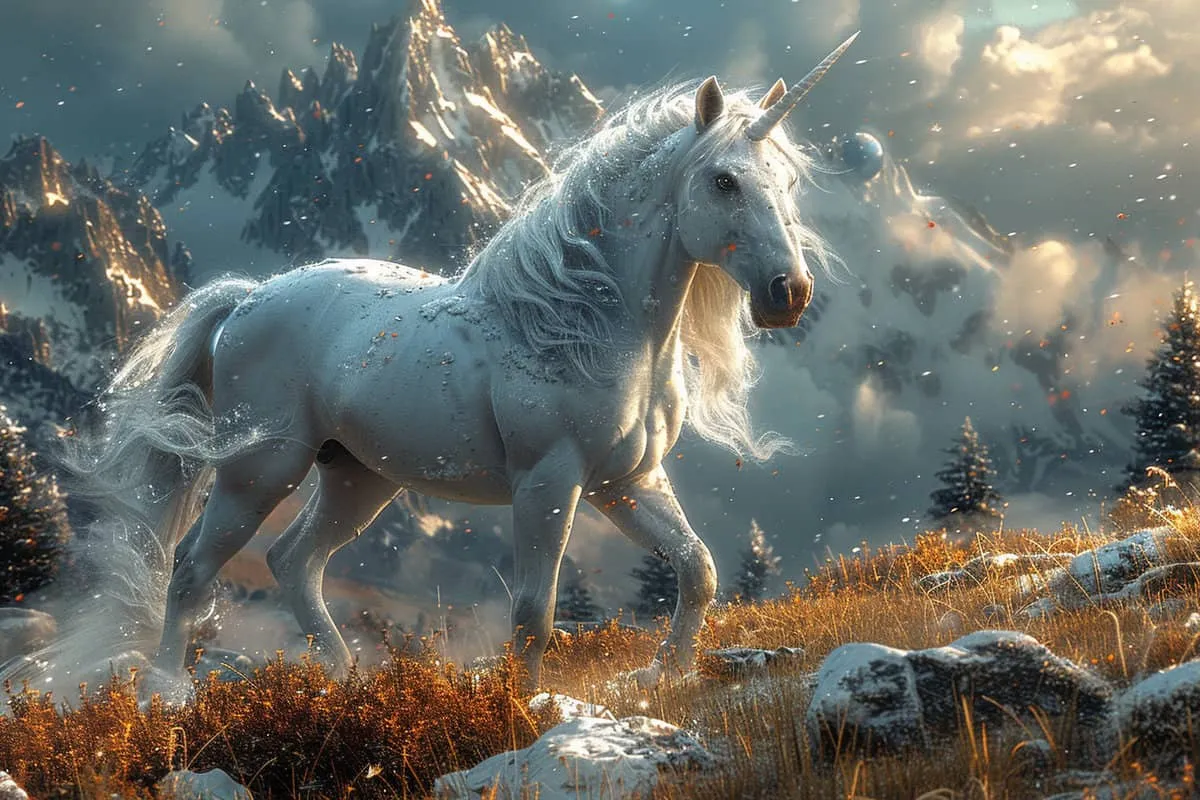
9. Unicorns in Pop Culture
Unicorns have always captured our imagination. They are not just for kids but appeal to people of all ages.
This magical creature is a central figure in the fantasy genre, bringing joy and wonder into our lives.
Movies like “Harry Potter” and “The Last Unicorn” have brought these magical creatures to the big screen, enchanting audiences worldwide.
These films show how unicorns can be brave heroes or mysterious beings with magical powers, making them unforgettable parts of the story.
But it’s not just movies; unicorns have galloped their way into modern times through viral internet trends.
Social media platforms burst with colorful pictures of baby unicorns, pegacorn (a mix between a Pegasus and a unicorn), and all sorts of unicorn-themed merchandise.
From plush toys that sparkle to rainbow-colored clothes, there’s something about these mythical animals that continues to spark fun and creativity among friends online.
Moreover, the trend extends beyond digital spaces—unicorn-themed parties are now a hit!
Kids love dressing up as their favorite mystical animal, surrounded by decorations that turn any room into a magical kingdom full of colors.
10. Conservation Symbolism
Unicorns aren’t just creatures of fantasy. They carry a powerful message about conservation.
By standing as a symbol for Earth’s mysteries and wonders, they remind us that our planet is full of incredible life and places worth saving.
These mythical beings encourage us to look at real endangered species with new eyes.
When we equate unicorns with animals facing extinction, it sparks a desire to protect them. It’s like ensuring that the magic and mystery they represent never fades away from our forests and oceans.
Moreover, unicorns inspire us to dream about what else could be out there. Just think – if something as magical as a unicorn could exist in stories, what undiscovered creatures might still roam remote corners of the Earth?
This curiosity fuels scientific exploration and conservation efforts alike.
Frequently Asked Questions
What’s the origin of unicorn myths?
Unicorn legends date back to ancient times, with mentions in both Indian and Greek texts. They’re not just a modern fantasy!
Why were unicorns symbols of purity?
In medieval lore, unicorns symbolized purity and grace, often linked to virginity due to their untainted nature.
What’s so special about a unicorn horn?
Known as an “alicorn,” these mythical horns had the power to neutralize poison and heal diseases during the Middle Ages. Talk about a magical cure-all!
Can you find unicorns in heraldry?
Yes! Unicorns have been mighty symbols in coats of arms. They represent strength and purity across various cultures.
Is there any real animal similar to a unicorn?
Meet the narwhal. This ocean dweller has a long, spiral tusk and is likely what sparked some unicorn tales. Nature’s own version of magic!
How does Scotland view unicorns?
Scotland proudly claims the unicorn as its national animal. It embodies power and purity within Scottish heritage.
Do unicorns play a role in environmental conservation today?
Absolutely! Unicorns serve as enchanting symbols for conservation efforts. They remind us of the magic we stand to lose if we don’t protect our natural world.
